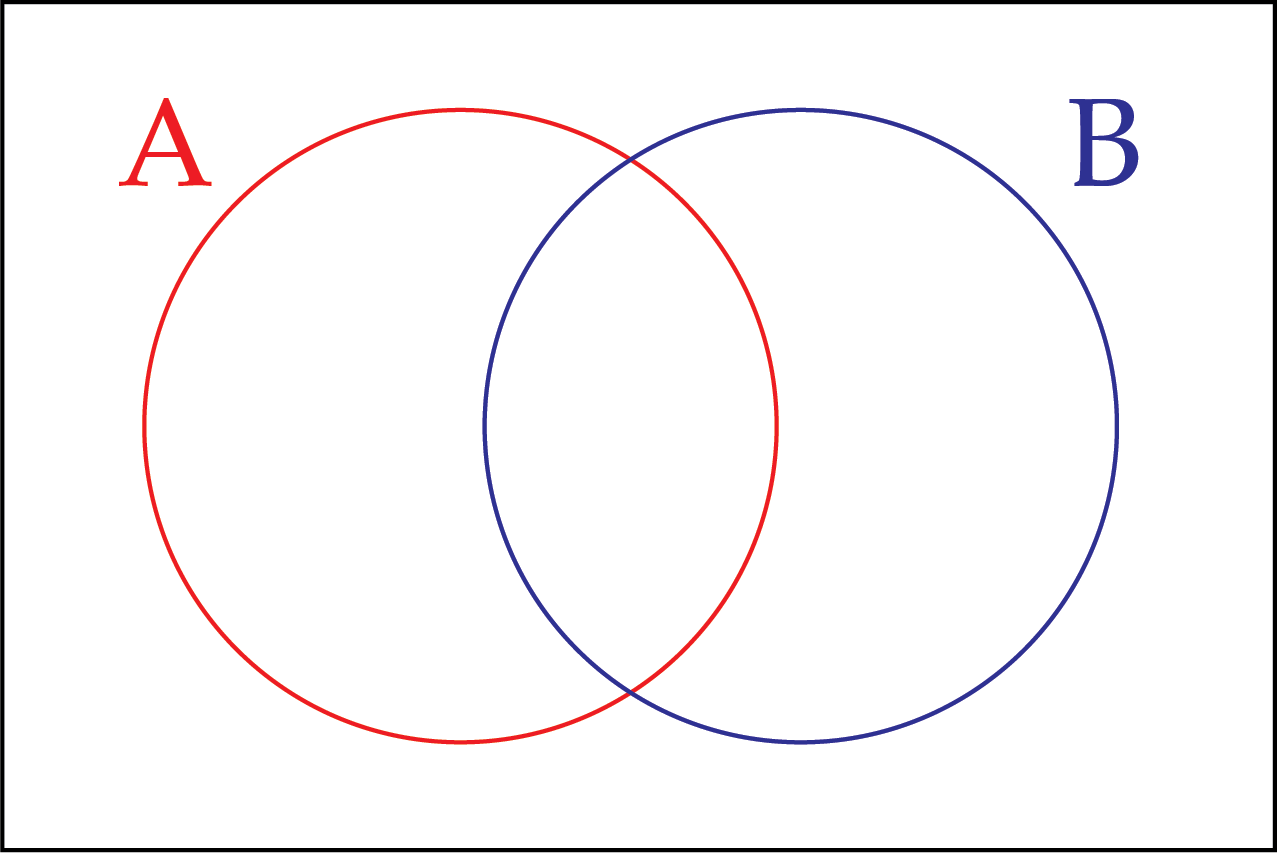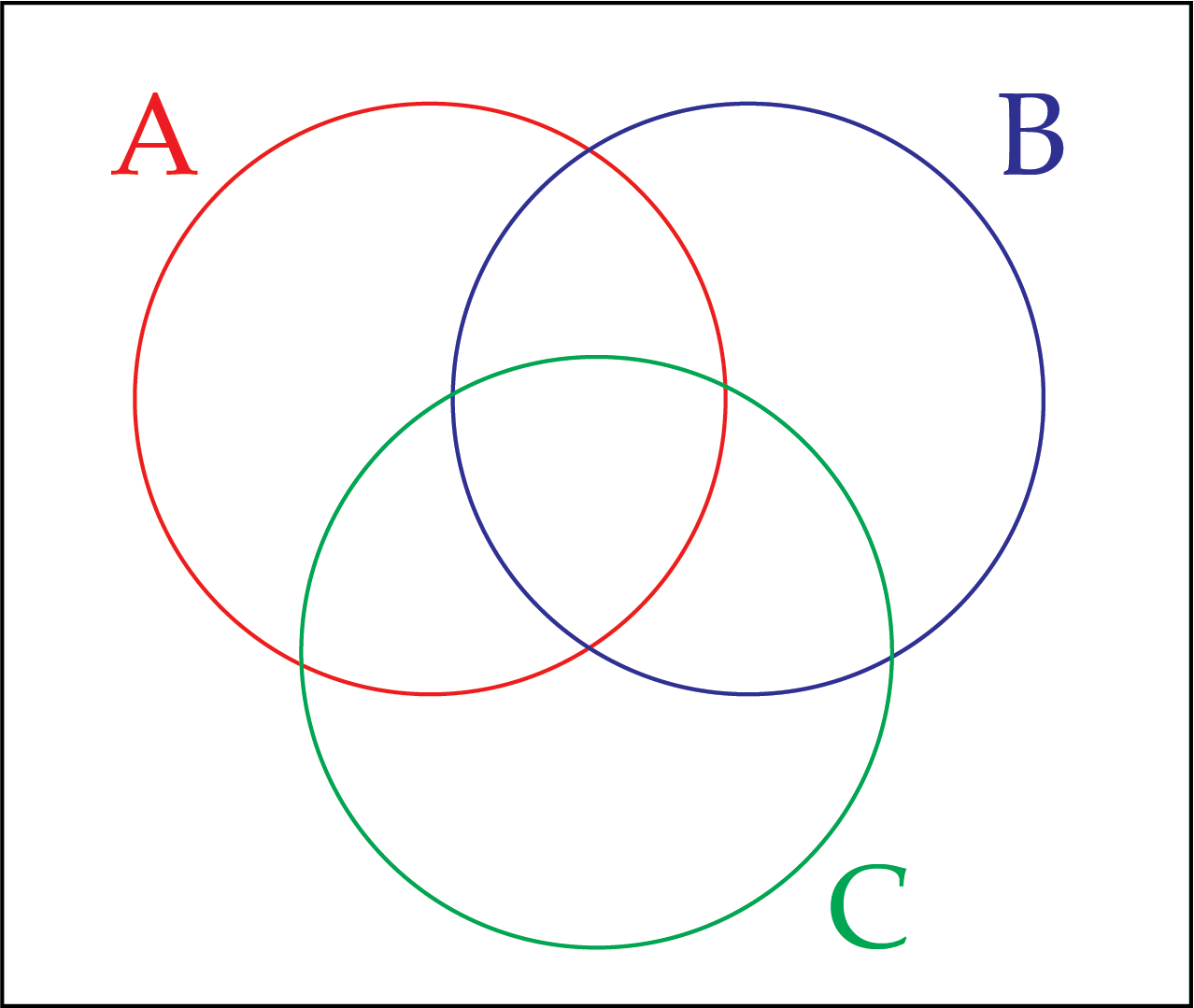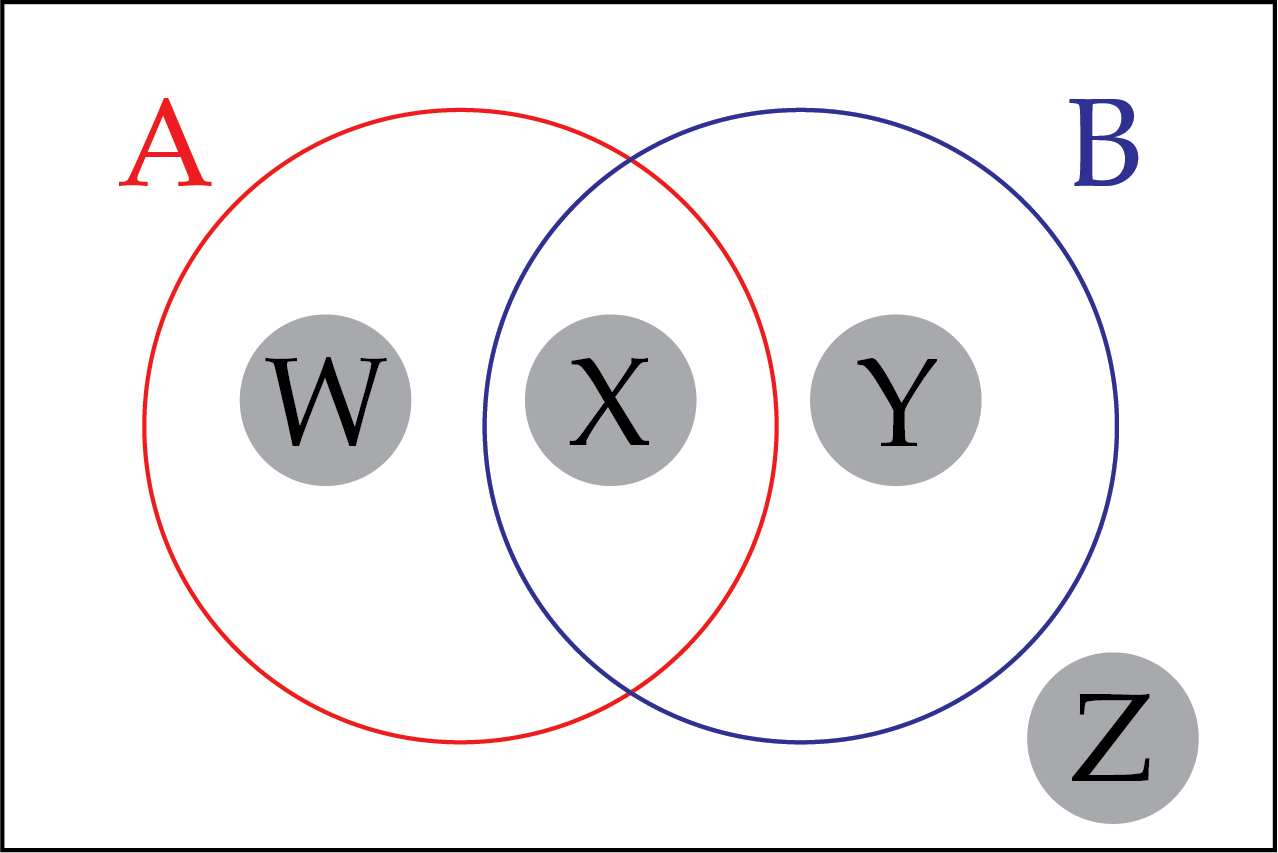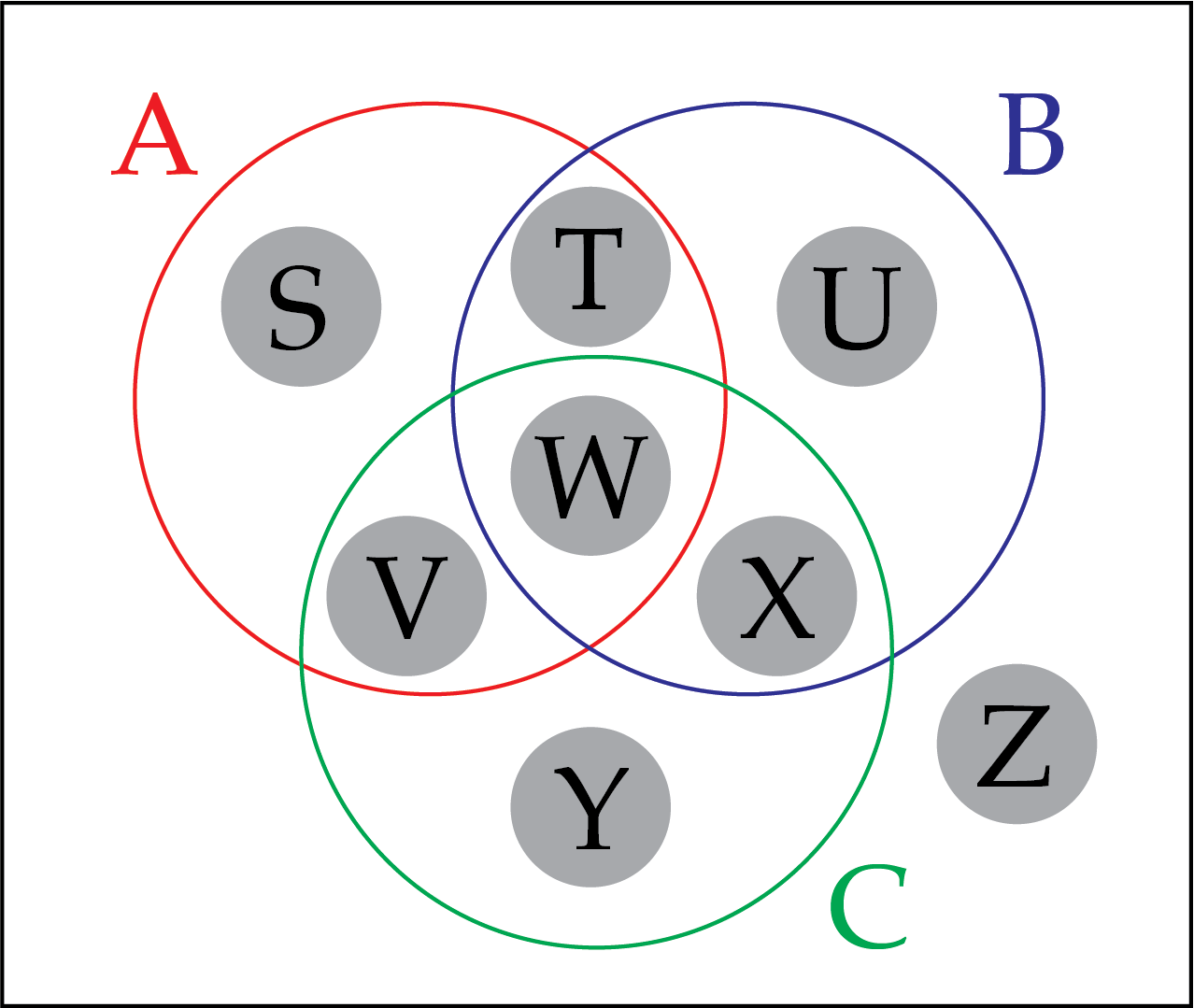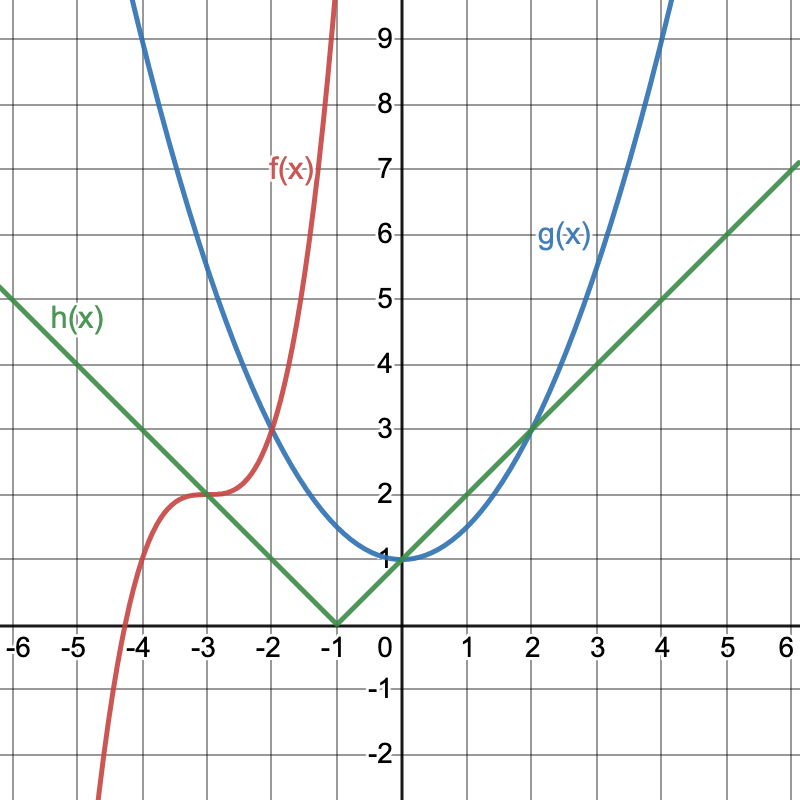We have marked the eight regions S, T, U, V, W, X, Y, and Z.
Any ordered pair in region S must satisfy the equation \(y=f(x)\), but not \(y=g(x)\) or \(y=h(x)\). Since the point \((-4,1)\) is on the graph of \(f\), but not on the graph of \(g\) or \(h\), the ordered pair \((-4,1)\) works. There are infinitely many others as well.
Any ordered pair in region T must satisfy the equations \(y=f(x)\) and \(y=g(x)\), but not \(y=h(x)\). Since the point \((-2,3)\) is on the graph of \(f\) and on the graph of \(g\), but not on the graph of \(h\), the ordered pair \((-2,3)\) works. In fact, since \((-2,3)\) is the only point of intersection of the graphs of \(f\) and \(g\), this is the only possible choice for region T.
Any ordered pair in region U must satisfy the equation \(y=g(x)\), but not \(y=f(x)\) or \(y=h(x)\). The ordered pair \((4,9)\) works. There are infinitely many others as well.
Any ordered pair in region V must satisfy the equations \(y=f(x)\) and \(y=h(x)\), but not \(y=g(x)\). The ordered pair \((-3,2)\) works. In fact, since \((-3,2)\) is the only point of intersection of the graphs of \(f\) and \(h\), this is the only possible choice for region V.
Any ordered pair in region W must satisfy the equations \(y=f(x)\), \(y=g(x)\), and \(y=h(x)\). There are no ordered pairs that satisfy this as the graphs of the three functions do not have a common point of intersection. So this region must remain empty.
Any ordered pair in region X must satisfy the equations \(y=g(x)\) and \(y=h(x)\), but not \(y=f(x)\). The ordered pairs \((0,1)\) and \((2,3)\) work. In fact, since these are the only points of intersection of the graphs of \(g\) and \(h\), these are the only possible choices for region X.
Any ordered pair in region Y must satisfy the equation \(y=h(x)\), but not \(y=f(x)\) or \(y=g(x)\). The ordered pair \((-2,1)\) works. There are infinitely many others as well.
Any ordered pair in region Z must not satisfy the equations \(y=f(x)\), \(y=g(x)\), or \(y=h(x)\). The ordered pair \((0,0)\) works. There are infinitely many others as well.
